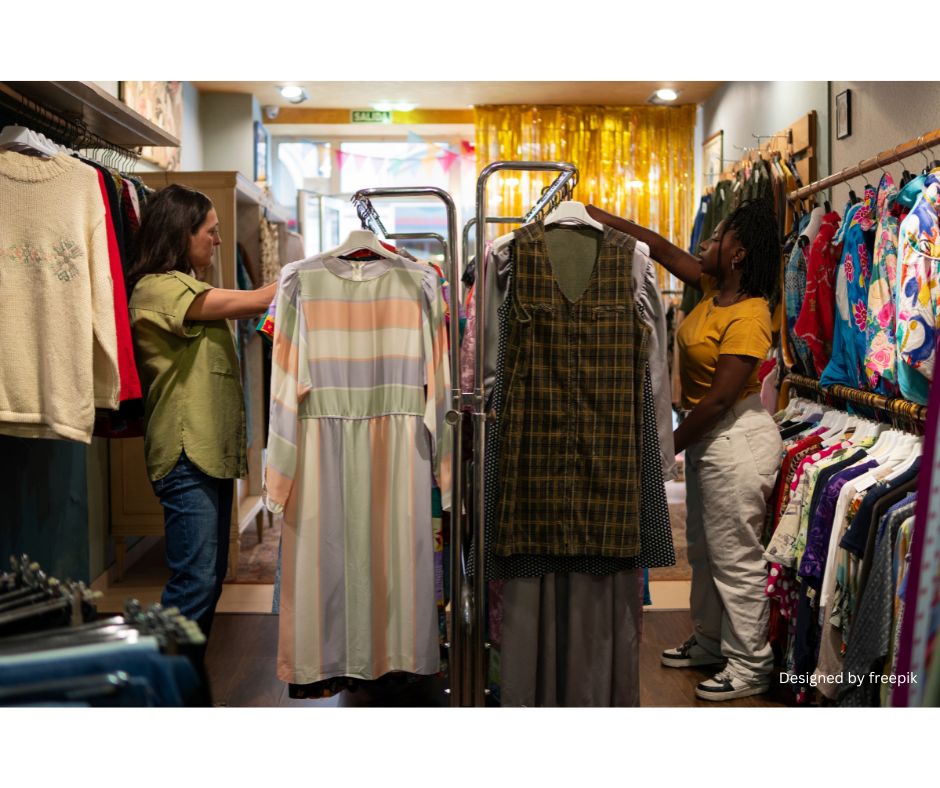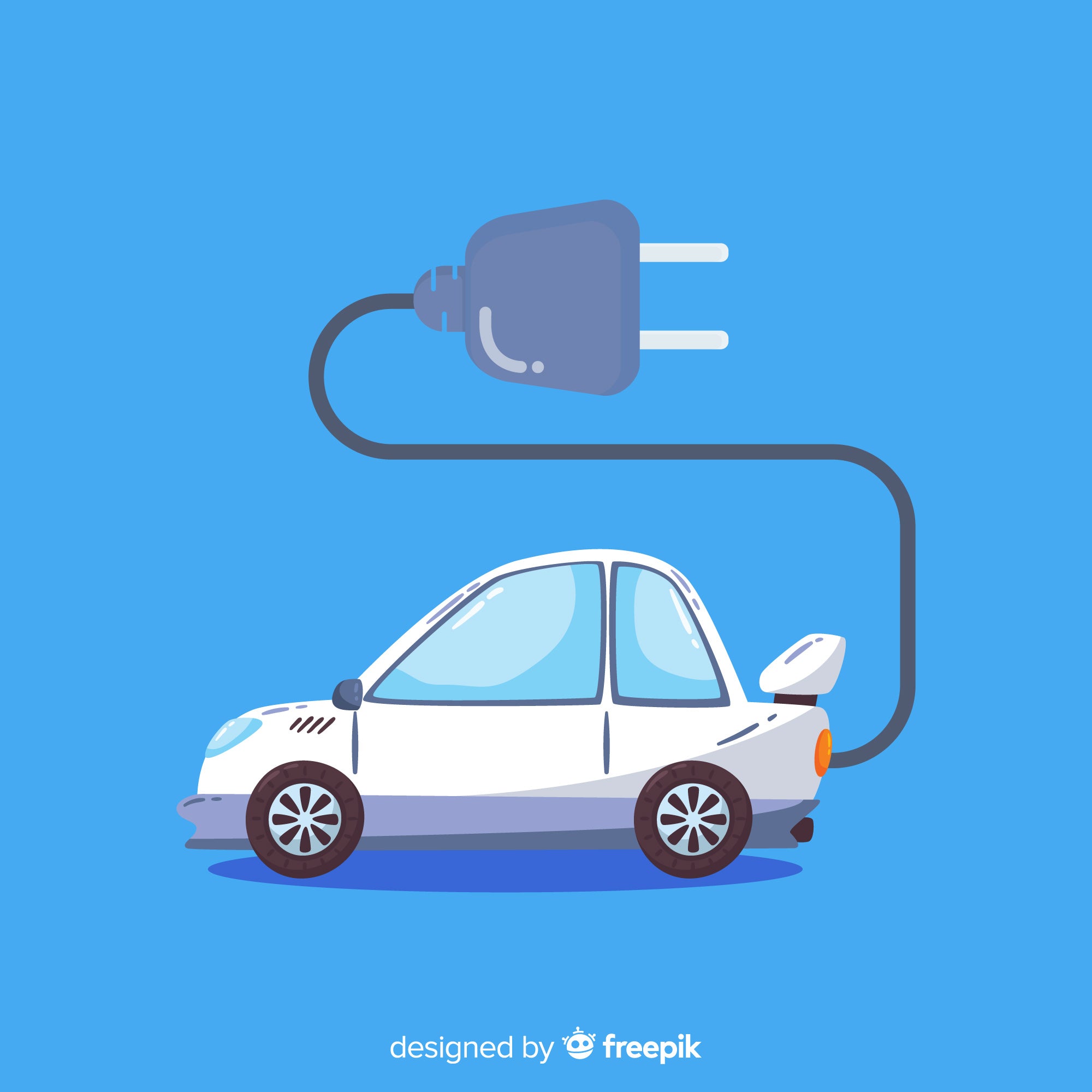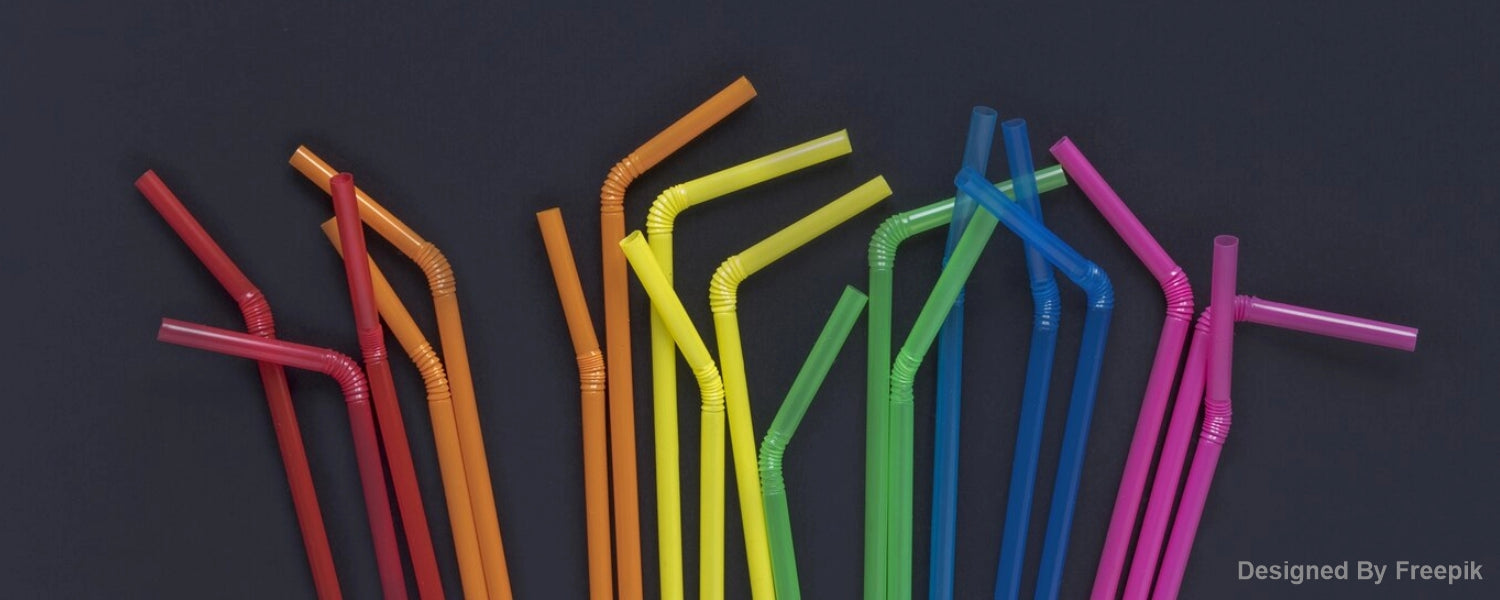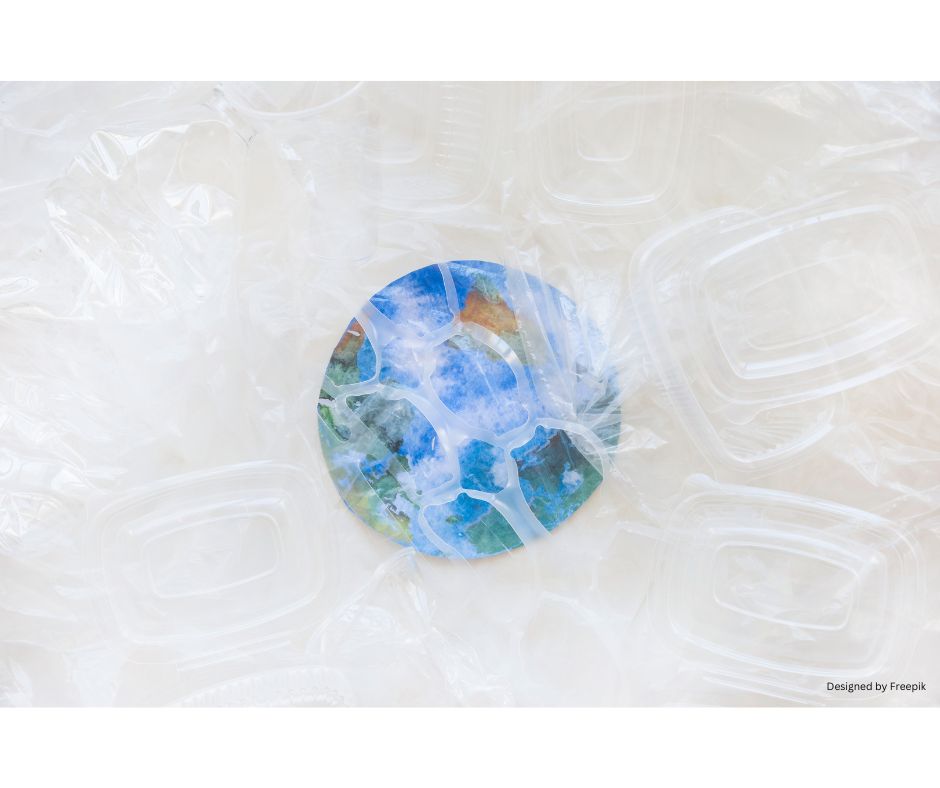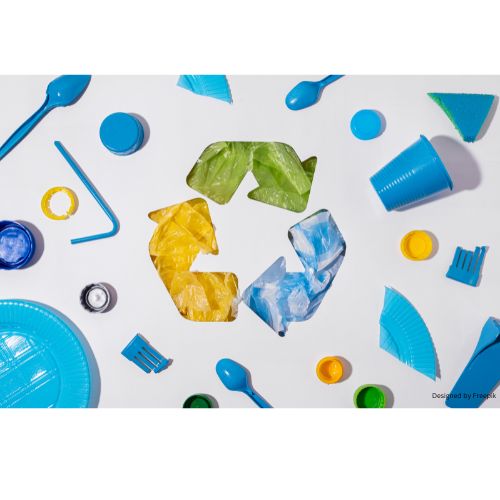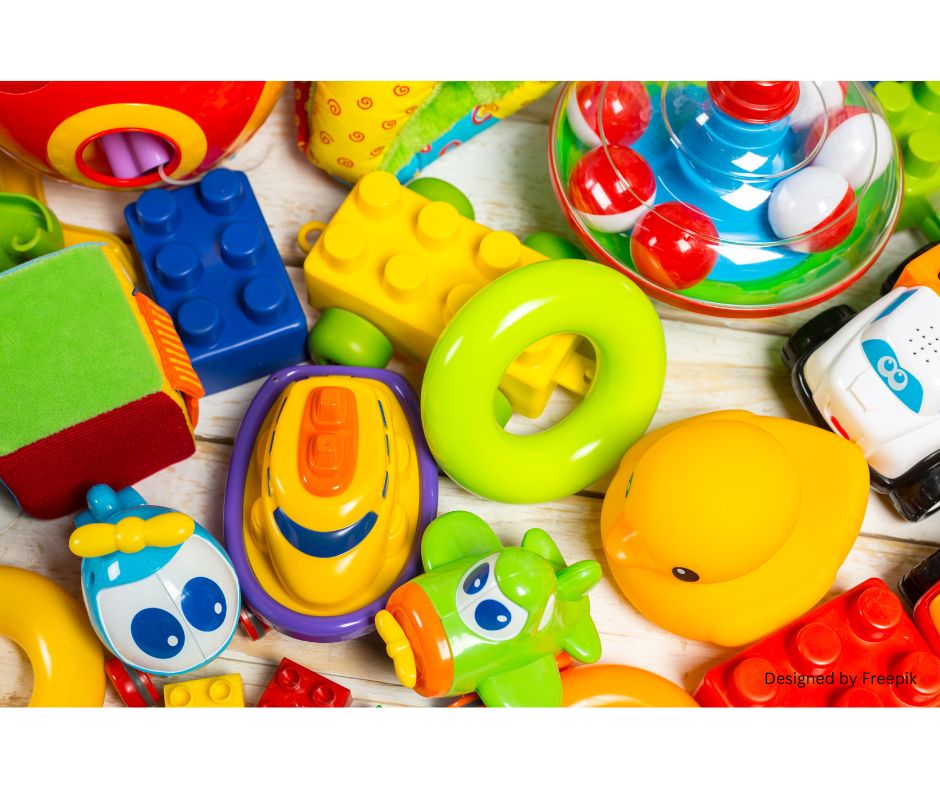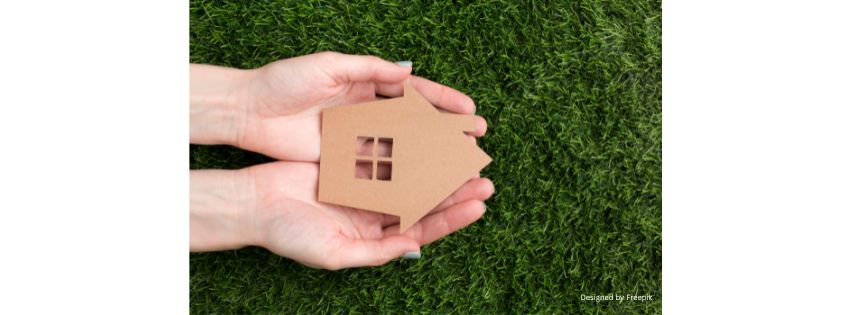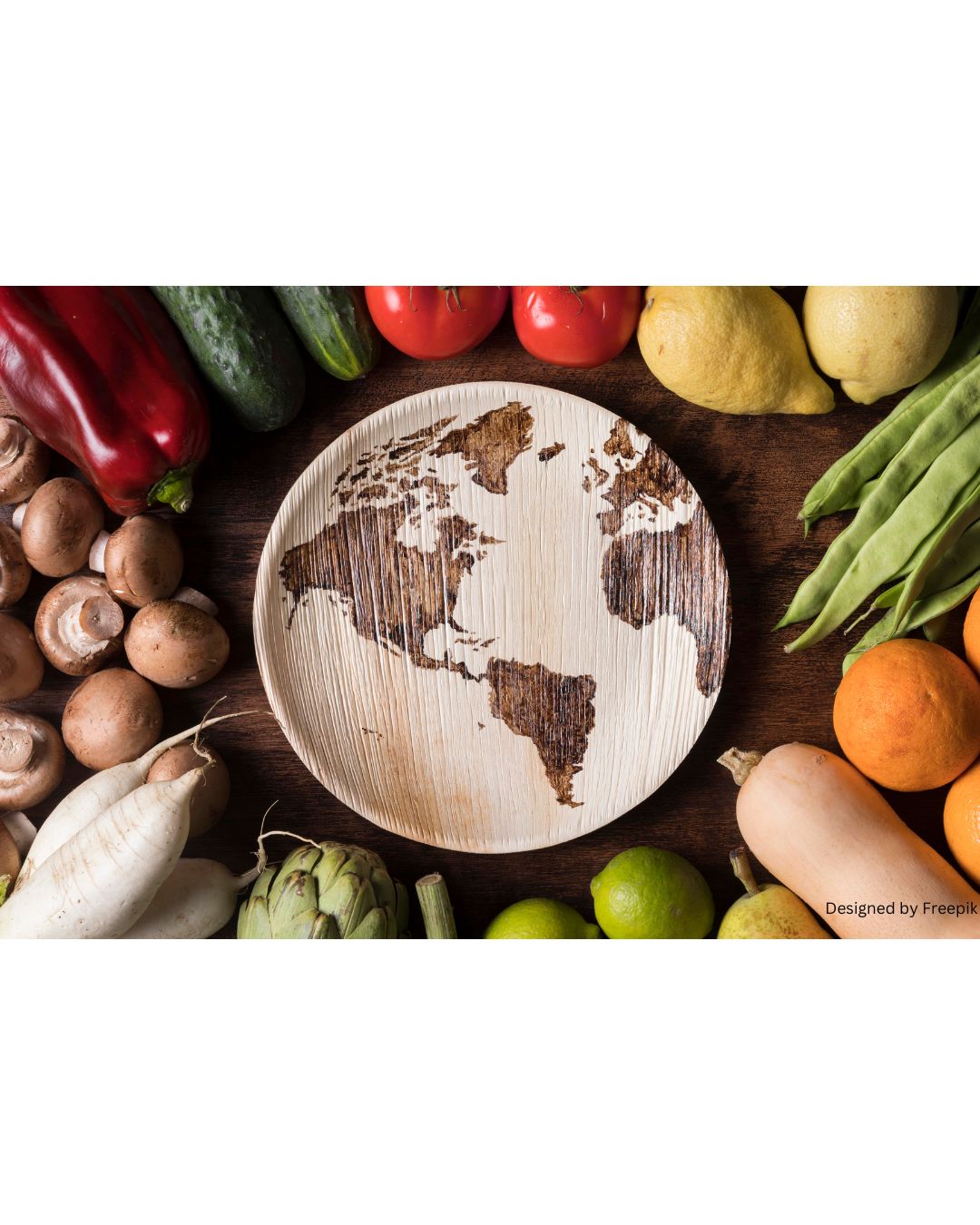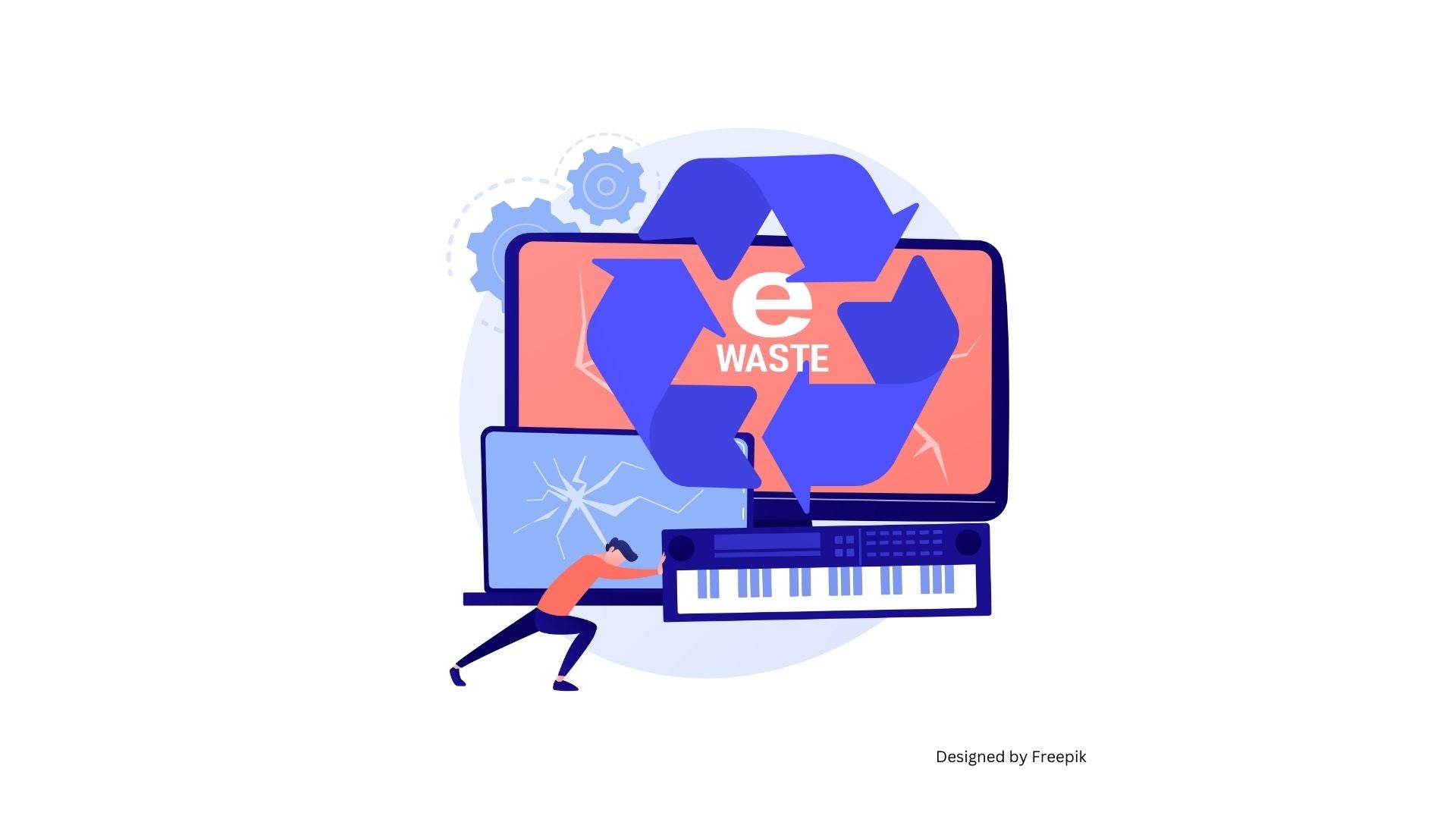Recycling is often the first step towards sustainable lifestyles, but do you know that effective recycling starts when you purchase an item rather than when you discard it?
In this article, we break down common misconceptions about recycling to help you make eco-friendly choices in everyday living and so that you can lower your environmental footprint through sustainable and eco-conscious choices.
Myth #1: All green arrows are same
Did you know that just 10% of plastic waste generated worldwide has been recycled? Most of us believe that any plastic product within the 3 arrows is recyclable but that’s a myth. The number within the arrow is just a symbol for the kind of plastic it is e.g. PET, PVC, HDPE, and so on.
The reality is that lowering the number within the 3 arrows means it is easier to recycle the product. So as far as possible choose plastics with 1 or 2 within the arrows and you will be taking a good step for the environment.
Myth #2: Paper is an eco-friendly alternative to Plastic
The reality is that many paper products are not recyclable e.g. gift wrapping paper, shredded paper,plastic-coated paper, paper contaminated with food debris. Creating virgin paper products leads to deforestation, wastes water (up to 5 liters for just 1 sheet of A4 paper), and burns fossil fuels. So as far as possible, try to avoid using paper napkins when you are in a restaurant or at home, and instead of metallic gift wrapping paper choose more sustainable and eco-conscious alternatives.
Myth #3: Products can be endlessly recycled.
Even recyclable plastic and paper can at most be recycled 10 times before it degrades and is no longer usable. The best way to improve waste management is to use metal, glass, and such products that can be recycled repeatedly without degradation.
|
MATERIAL |
ENERGY SAVED VS. ORIGINAL/NEW PRODUCT. |
NORMAL DEGRADATION CYCLE |
NUMBER OF TIMES RECYCLED |
|---|---|---|---|
|
Aluminium |
95% |
200 years |
Infinite |
|
Plastic |
10% - 33%/ |
Up to 450 years |
Max 2 times, then downcycled |
|
Glass |
30% |
1 million years |
Infinite |
|
Tin |
26%-40% |
80-200 years |
Infinite |
|
Paper |
40% |
NM^ |
Max 9 times |
* Tin cans contain 99% steel.
While all this is good to know information, how does recycling help the planet?
Benefit #1: Recycled products are more energy-efficient to manufacture
Upcycling recycled products consumes far less energy compared to manufacturing from base virgin materials and this is not just a marginal impact. Did you know it takes 95% less energy to make recycled aluminum soft drink cans as compared to new cans?
Benefit #2: Recycled products are resource-efficient
Every ton of plastic waste recycled results in a saving of approximately 3.8 barrels of petroleum. Not just this it also reduces plastic waste out of the ecosystem.
Benefit #3: Recycled products reduce pollution
Do you know that recycled paper emits up to 30% less greenhouse gases than virgin paper similarly, recycled glass reduces air pollution by 20% vs. new glass.
Learning about eco-conscious and sustainable lifestyles and taking just a few good steps can add up to make a big difference for our planet.



